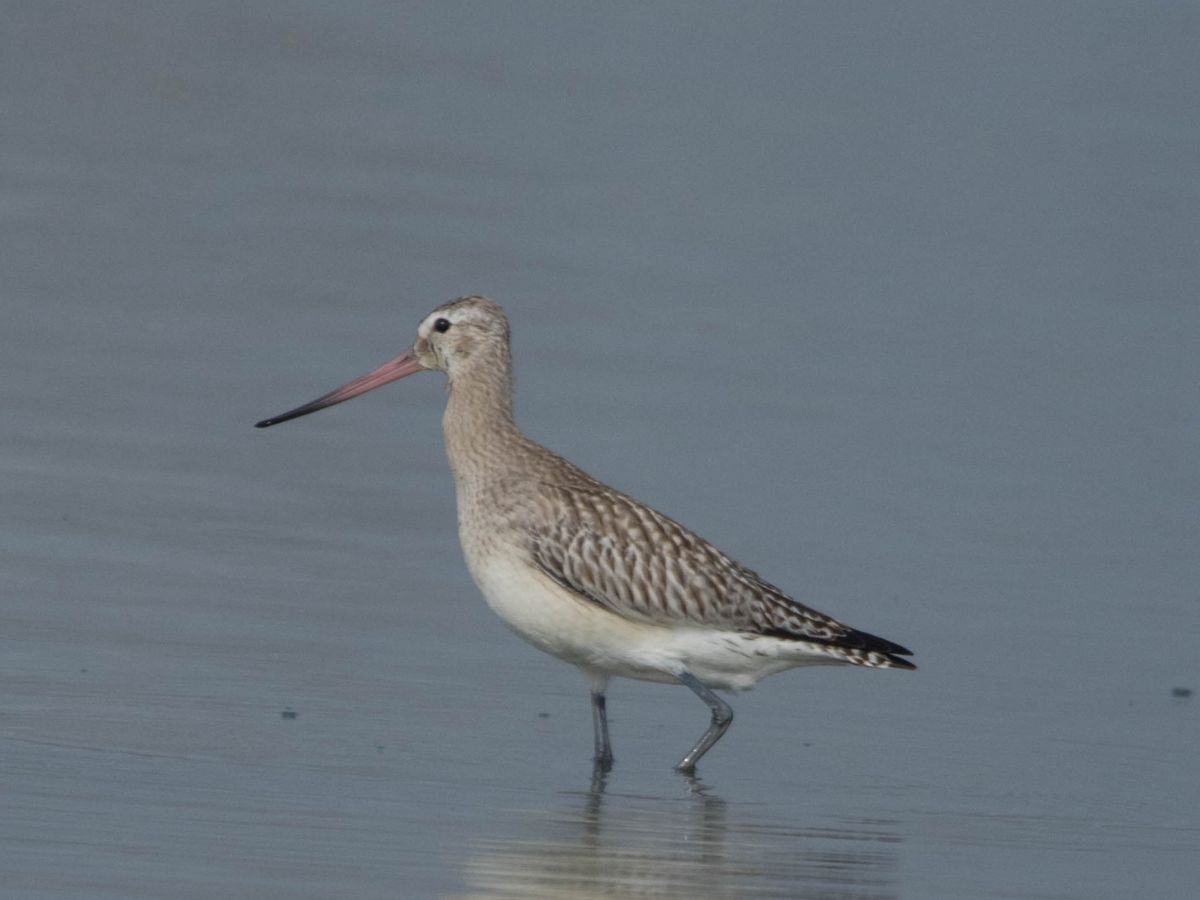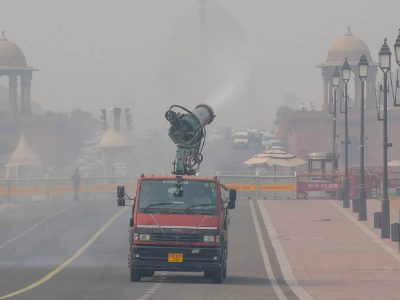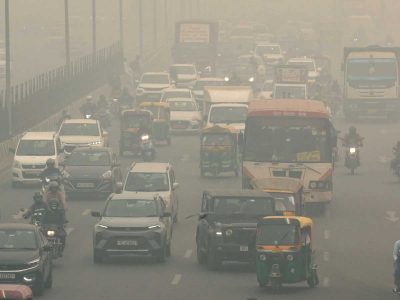Winter in Delhi heralds the arrival of birds. As the temperature drops, the skies above the city come alive with the fluttering wings of migratory birds, transforming Delhi into a haven for bird enthusiasts and nature lovers.
One of the most anticipated guests is the majestic Siberian Crane. With its striking white plumage and elegant stature, this marvel travels thousands of kilometres to escape the harsh Siberian winters, finding solace in the serene wetlands of Delhi. These graceful creatures bring a touch of the Arctic to the urban landscape, captivating onlookers with their mesmerising flights and harmonious calls.
The Rosy Pelican is another enchanting visitor that graces the water bodies of Delhi during the winter months. Its distinctive pinkish plumage and large, soaring wings create a stunning contrast against the winter sky. These sociable birds often gather in groups, creating a picturesque scene as they glide gracefully over lakes and ponds, their reflections shimmering in the calm waters below.
Delhi’s wetlands, particularly the Okhla Bird Sanctuary and Sultanpur National Park, become hubs for bird-watchers. With binoculars in hand and cameras ready, enthusiasts flock to these sanctuaries.
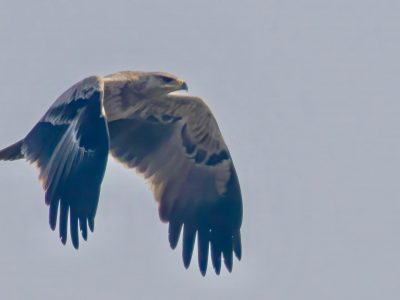
The wetlands not only host cranes and pelicans but also become temporary homes for a variety of ducks. Pintails, teals, and shovellers create a vibrant palette of colours against the backdrop of serene lakes.
Beyond their aesthetic appeal, the presence of migratory birds in Delhi plays a crucial role in maintaining ecological balance.
Arun Kamath, a Gurgaon-based birder, explains, “Delhi NCR, despite being a bustling city, is graced with diverse ecosystems, including the Aravalli shrub forests and numerous wetlands. Key bird-watching destinations include Okhla Bird Sanctuary, Sultanpur National Park, Chandu Budhera, Surajpur, Yamuna Biodiversity Park, Mangar Bani, Bhondsi Nature Park, and Aravalli Biodiversity Park. The region hosts two types of migratory birds — summer and winter migrants.”
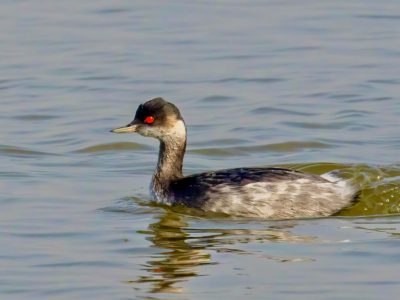
He adds, “During summer, notable visitors include the Indian Pitta, Indian Paradise Flycatcher, Golden Oriole, and various warblers. Winter brings ducks from Europe, the Mediterranean, and the Tibetan Plateau, such as the Bar-headed Goose, Greylag Goose, Northern Shoveler, Northern Pintail, Great Crested Grebe, teals, Pied Avocets, and godwits.”
Engaging in serious birding during the COVID era, Kamath connected with like-minded enthusiasts through Twitter, using #Indiaves. This platform facilitated learning about diverse bird species and raised awareness about conservation, particularly regarding plastic pollution in wetlands and forests.
Sultanpur National Park
Recently, Sultanpur National Park attained Ramsar site status (meaning it is a wetland site of international importance under the Ramsar Convention). The status provides it with benefits for park maintenance and ensuring a thriving bird population. The park operates from October to June, while surrounding wetlands like Chandu remain active year-round.
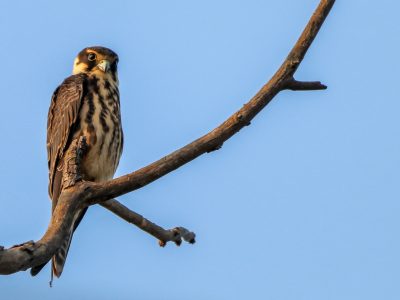
“As winter descends, Sultanpur National Park witnesses an influx of migratory birds, adding to its already rich resident avian population. The park’s well-maintained wetlands, marshes, and shallow lakes become vital stop-overs for various species, providing them with a conducive environment for feeding and resting. Notable winter migrants to Sultanpur include a variety of ducks, geese, waders, and other water-fowl,” says Kamath.
Visitors may spot species like the Bar-headed Goose, Greylag Goose, Northern Shoveler, Northern Pintail, and many more.
“The park’s diverse ecosystems create a mosaic of habitats, offering ideal conditions for different bird species to thrive during the winter months,” adds Kamath.
Kamath often brings his son for bird-watching.
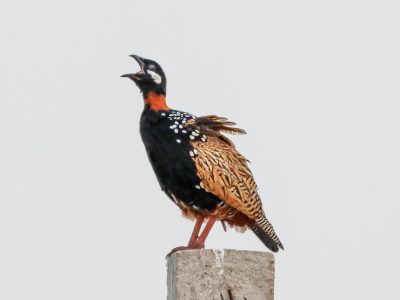
“For city kids, this offers a unique connection to nature.”
The lockdown prompted more people to take up bird-watching, leading to increased community engagement and new sightings. Rare Himalayan birds like Brambling, shorebirds like Rudy Turnstone, and unusual finds such as the Great Thick Knee were reported by enthusiasts. NCR also hosts eagles like the Greater Spotted Eagle, Imperial Eagle, White-tailed Eagle, and falcons such as the Peregrine Falcon, the world’s fastest bird, Eurasian Hobby, Red-necked Falcon, and several harriers during migration.
Plight of Okhla Bird Sanctuary
Located on the River Yamuna, the Okhla Bird Sanctuary attracts a diverse avian population, making it a prime destination for bird enthusiasts.
Some notable winter visitors to Okhla include ducks, geese, and waders.
The water bodies within the sanctuary, including the wetlands and the Yamuna, play a crucial role in accommodating species like Bar-headed Geese, Greylag Geese, Northern Shoveler, Northern Pintail, teals, and other waterfowl.
Despite occupying a pivotal position in Central Asian Flyway, the Okhla Bird Sanctuary grapples with persistent challenges. It stands as one of the most degraded, polluted, and disturbed wetland habitats.
Nikhil Devasar, Delhi-based birder and coordinator of Delhi Bird Foundation, opines, “Okhla Bird Sanctuary has lost its charm. There’s a cremation ground nearby, the roads are built every now and then. Some birds prefer unprotected wetlands due to various threats like poisoning, discarded nets, high-tension wires, and feral dogs.”
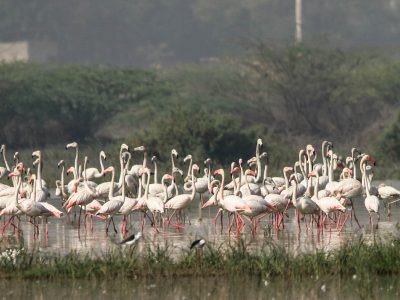
According to Devasar, global warming is also a reason why migration has been delayed this year.
“Variations in temperature and weather conditions can prompt shifts in the timing and routes of migration, thereby influencing the availability of critical resources such as food and nesting sites for avian species. Furthermore, the heightened frequency of extreme weather events poses direct threats to migratory birds during their journeys,” informs Devasar.
Favourite destination of the migratory birds
Mandothi and Rohad villages are currently hosting a diverse congregation of over 15,000 migratory birds, spanning more than 100 species from Siberia, Russia, Europe, Afghanistan, China, and other regions. The presence of these avian visitors has drawn bird-watchers not only from Delhi, Chandigarh, and neighbouring districts but has also provided a source of enjoyment for the local residents.
A study titled Avian Community Composition in and around Mandothi Wetlands, Haryana, was published in March 2023 in the Journal of Applied and Natural Science.
The study reveals that the Mandothi wetlands in Jhajjar, Haryana, harbour a potential of 141 species spanning 17 orders and 44 families. Notably, eight species are classified as ‘Near Threatened’, while two fall under the ‘Vulnerable’ category according to IUCN.
Additionally, the elusive Little Bittern (Ixobrychus minutus) was sighted after a four-decade absence in 2021 and 2022.
“The presence of all five species of bitterns in Delhi NCR region is truly remarkable. Among them, the Black Bittern is a year-round resident, while the Yellow, Cinnamon, and Little bitterns are predominantly observed during the summer months. The Great Bittern is a winter visitor. The elusive nature of bitterns, akin to other reed inhabitants like crakes and rails, means they prefer to avoid open perches, often blending seamlessly into reed beds,” says Bhrigu Phukan, another birder based in Malviya Nagar, south Delhi.
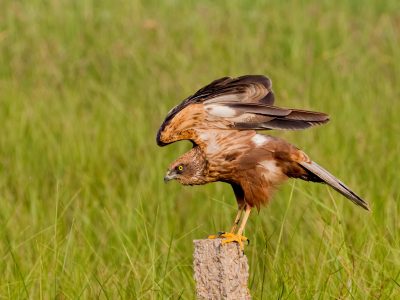
“Despite the rapid disappearance of such habitats, pockets of healthy reed beds persist beyond protected areas like Okhla Bird Sanctuary, Yamuna Biodiversity Park, Sultanpur Bird Sanctuary, and Surajpur Bird Sanctuary. The recent sighting of a Little Bittern in the unprotected Mandothi wetland offers hope to bird enthusiasts in the region.”
Chandu – Budhera Canal Area is another bird-watching area located in Gurugram, Haryana.
“It stands out as a prominent avian haven particularly amid the encroachment and construction disturbances in other birding hotspots like Basai and Najafgarh. Its diverse micro-habitats, ranging from shallow waters to reeds and marshy land, provide secure environments for a multitude of bird species,” adds Phukan.
Dwindling number of migratory birds
Birder Colonel Pankaj Sharma elaborates, “Delhi boasts of a diverse avian population of approximately 435 species, with the NCR region attracting birds from as far as the upper Himalayas, such as the grey bush chat and thrushes. Notably, raptors from Mongolia, Europe, and Russia migrate to Delhi, with black-eared kites being a common winter sight. Recently, uncommon species like the Tawny Eagle and Black Eagle were observed.”
Regrettably, bird numbers have dwindled this year due to reduced water levels in their usual habitats.
Sharma highlights, “Water is crucial for dabbling birds like ducks, and its absence has led to migration to alternative locations. The decline is evident, especially among geese like the bar-headed and grey leg geese, whose numbers have drastically decreased from tens of thousands to around two hundred.”
Delhi has long served as a haven for water-migratory species like Pied Avocet, Bar-headed Geese, Common Pochard, Greater Flamingo, Common Coot, Sarus Crane, Brown-headed Gulls, Black-winged Stilt, Painted Storks, and more during the winter months. However, a decline in their numbers has emerged, prompting concern among environmentalists and bird-watchers.
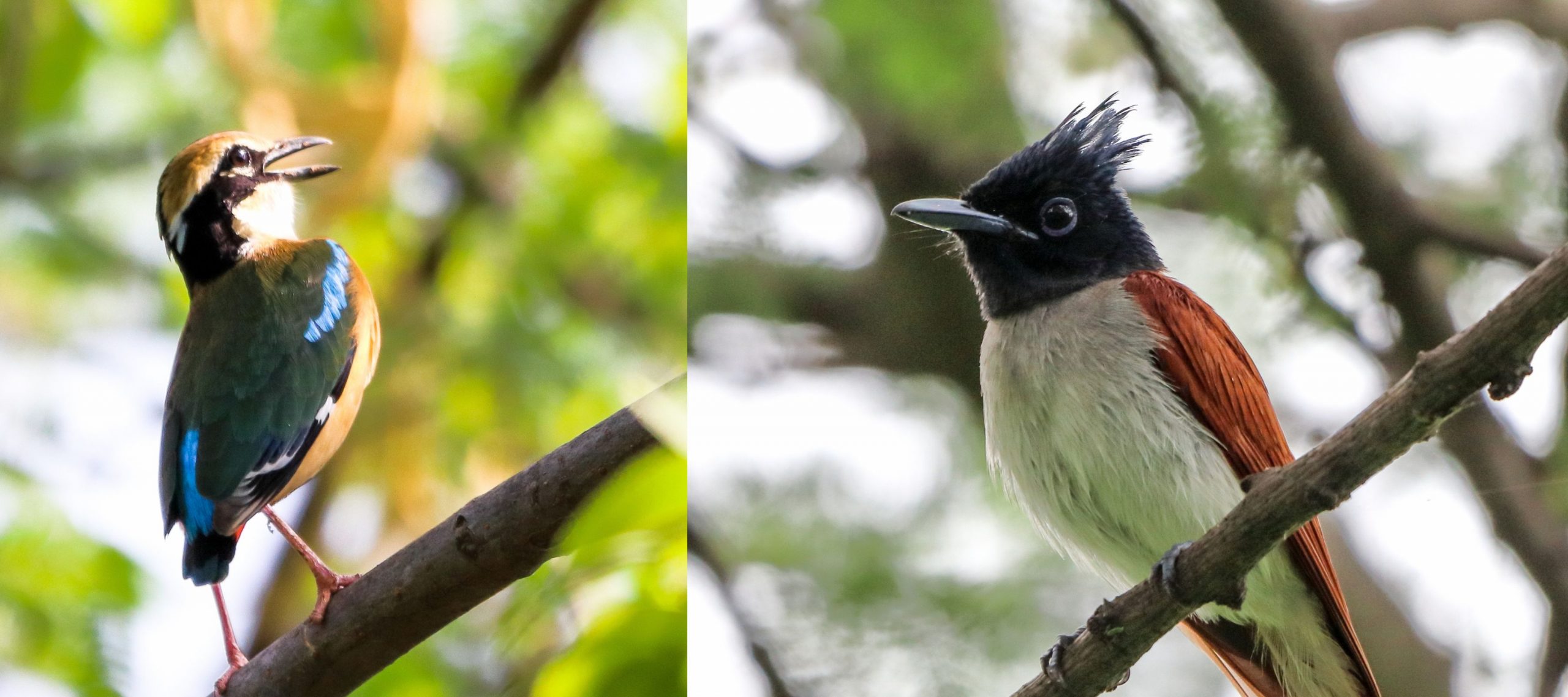
Shreya Barnwal, a birding expert at NDNS (New Delhi Nature Society), an NGO, states, “Rampant deforestation and concretisation in and around Delhi have resulted in a significant loss of natural habitats for migratory birds. Once lush green spaces and wetlands have given way to concrete structures, depriving these birds of essential resting and feeding grounds.
“Delhi’s notorious air pollution is another major contributor to the decline. The thick smog during winter poses a serious threat to avian life, leading to respiratory problems, reduced visibility, and a scarcity of insects, affecting their navigation and food finding. Additionally, pollutants settle on water bodies, contaminating them and further reducing clean water for the birds,” she adds.
She cites a recent observation across 30 green zones by the New Delhi Nature Society.
“It revealed a distressing reality of dried-up water bodies, devoid of the migratory birds that rely on them. The decline of migratory birds in Delhi is a pressing environmental issue demanding attention.”

